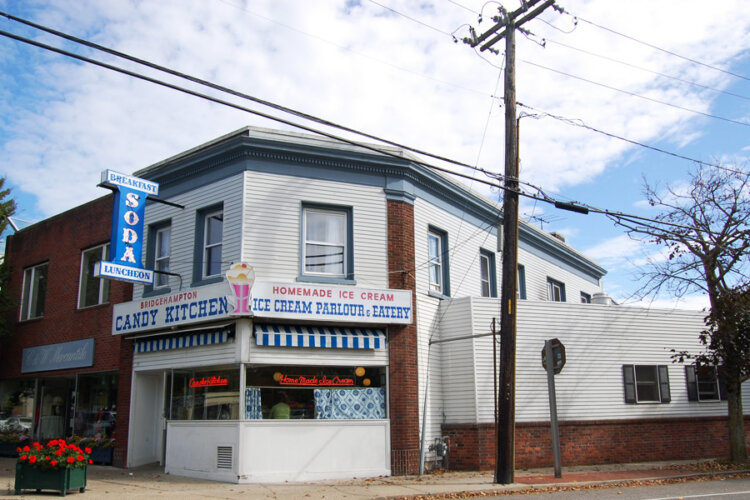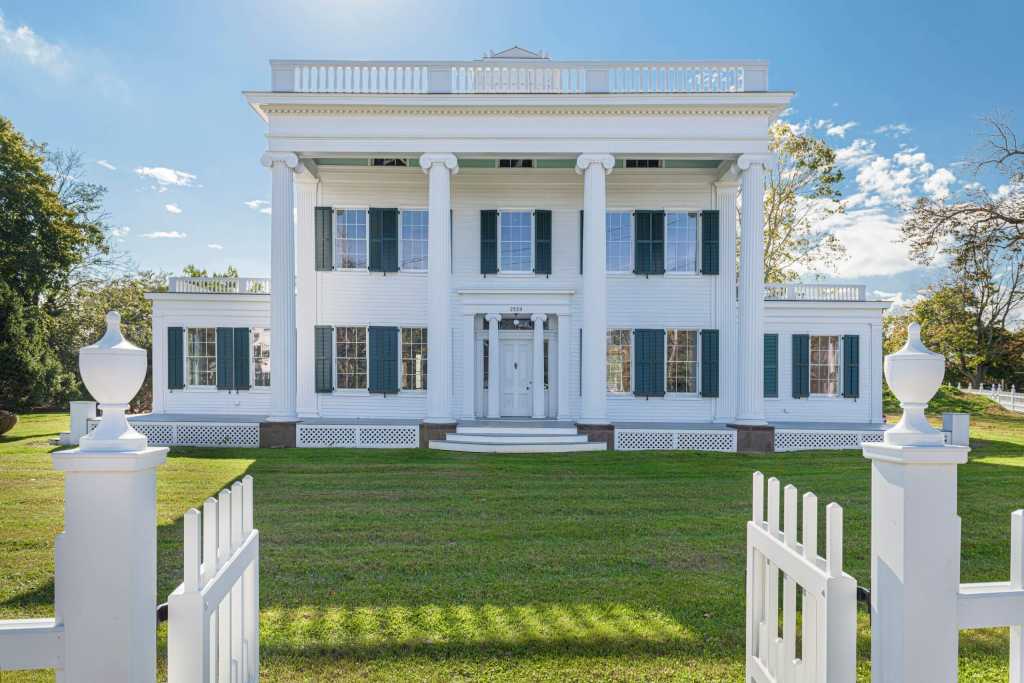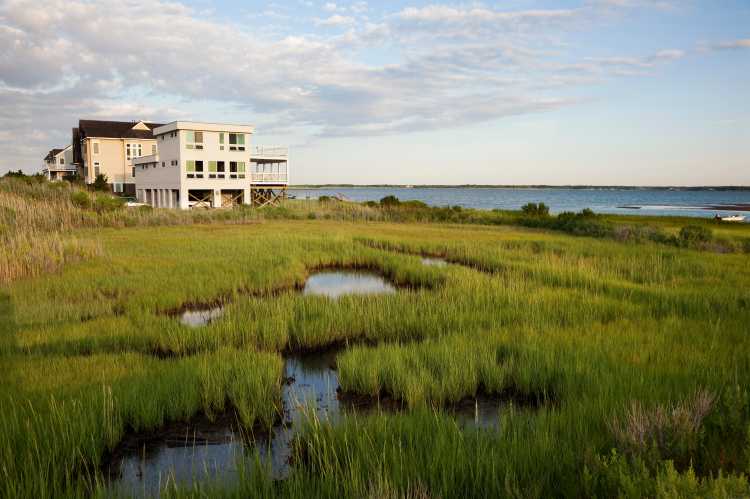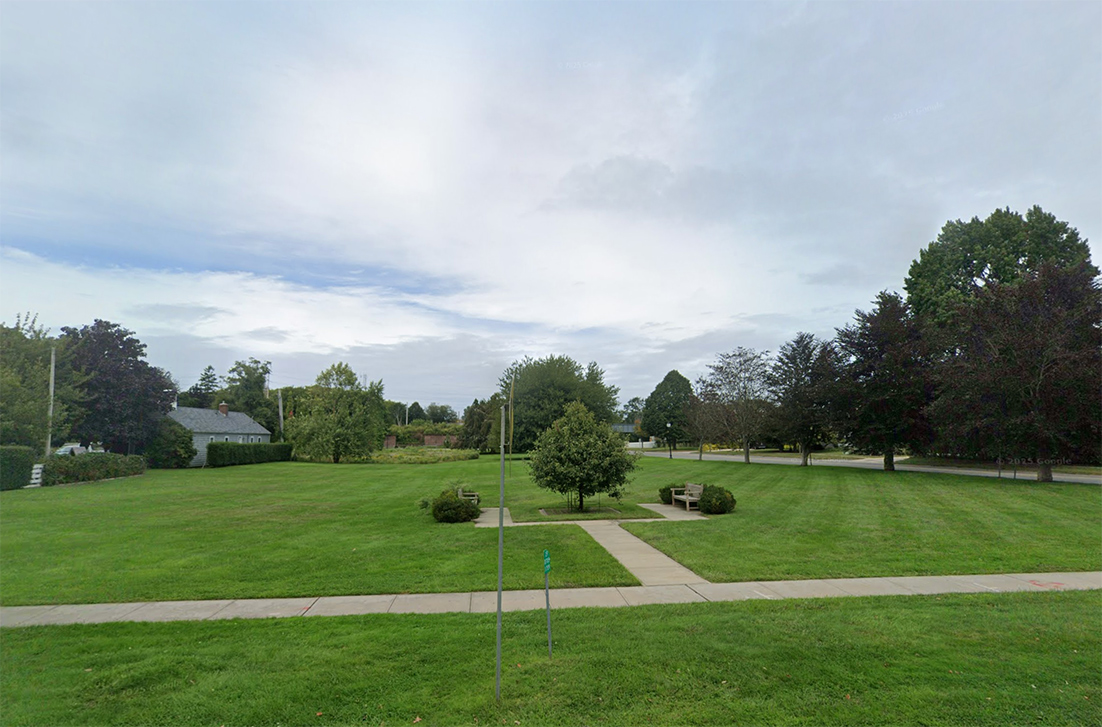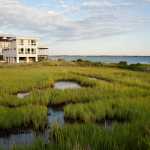A newly approved Bridgehampton historic district is historic in more ways than one. It’s the first of its kind outside the incorporated villages within Southampton Town.
In a unanimous decision, the town board adopted a resolution designating the Bridgehampton Bull’s Head — Main Street Historic Overlay District during a meeting on Thursday, Dec. 21.
“This is long overdue in my opinion,” said outgoing Supervisor Jay Schneiderman, who has been working on the idea since 2017 and said he wanted to see Bridgehampton’s Main Street retain its historic character.
“Historic districts improve communities, so well done everyone,” said Councilman Tommy John Schiavoni. “This is a big night for Bridgehampton tonight,” he added, referencing, in part, the Bridgehampton farmland preservation deal that was also approved.
Bridgehampton, like six other areas east of the Shinnecock Canal, had been considered a hamlet heritage area, which acknowledges the significant historical value, but had nothing on the books that prevented the demolition of historically significant buildings.
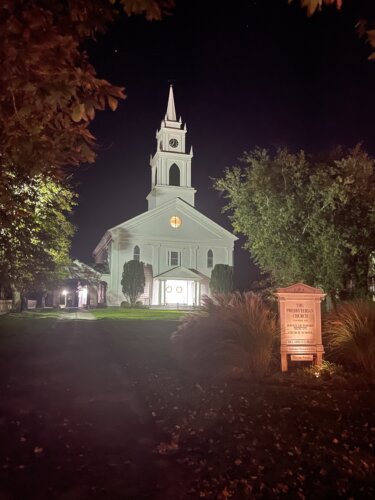
According to the resolution, the Landmarks and Historic Districts Board (LHDB), along with the Bridgehampton Civic Association, joined together in an application to establish a historic district for properties along Montauk Highway, between Snake Hollow Road and Hildreth Lane on the west, and Ocean Road and the Bridgehampton-Sag Harbor Turnpike on the east.
The goal is to preserve and protect “the identity of this historic community, its sense of place and its historically significant structures.”
“We’ve seen it time and time again, the destruction of historic houses and commercial structures of significance for a quick profit or development in the name of progress,” explains Bridgehampton’s Historic Hamlet: Review and Design Guidelines, prepared by Town Historian Julie Greene.
“The strongest form of protection is a local historic district created through a local bylaw or ordinance in which, before any exterior architectural feature visible from a street or walkway is altered, the plans to carry out that alteration must first be approved by the Town’s Landmarks and Historic Districts Board,” it continues. “In this way, needless demolitions and alterations can be permanently prevented.”
Seven historic districts exist in the villages of Quogue, Sag Harbor and Southampton Village, as well as Sagaponack’s Main Street, and on Southampton Village’s North Main Street, Wickapogue Road and Beach Road.
Bridgehampton, which is not a village, saw its first English settlers in 1640, though 1656, when the population grew. That era is considered its founding.
The 90-page report notes the 1910 Founders Monument, located on a small green at the intersection of Ocean Road and Montauk Highway, and the Triangular Commons, a village green that was once a militia training ground that dates to the 1670s, when the area was known as Bull’s Head, as being historically significant.
“The most prominent structures downtown date to the middle of the 19th century and show that era’s outstanding architecture, like the Federal-style Bridgehampton Museum’s William Corwith House, the Victorian 1876 Hampton Library, the Greek Revival Bridgehampton Inn, the Presbyterian and Methodist Churches, on up to the 1923 Classical Revival-style Community House,” the report states. “These buildings have been well maintained, to say nothing of the recent restorations of the Bull’s Head Inn (Topping Rose House) and the Nathaniel Rogers House at the east end of Main Street.”
While the original historic district proposed a total of 99 tax lots, it now includes a total of 93, as well as the Founders Monument at the intersection of Ocean Road and the highway. Five residential homes were excluded upon request from the property owners.
A total of 48 of the 94 properties are considered a landmark or “a contributing resource” within the historic district based on certain criteria, such as distinguishing architectural elements or whether it possesses special character or historic interest.
In addition to the Founders Monument and Triangular Commons, the town-owned Nathaniel Rogers House met the criteria. Another example is located just across the street at 1 Ocean Road, the former D.L. Chester Dry Goods Store, a two-story brick building built on a modified triangular plan and now occupied by Almond’s restaurant.
Others include the Bridgehampton Presbyterian Church, the Saint Ann’s Episcopal Church, Rectory & Parish Hall, and the Henry H. Chatfield House at 2397 Montauk Highway, built in 1897 that now serves as a commercial building, as well as the famous Candy Kitchen in the two-story brick-stucco building, also on a triangular plan at 2385 Montauk Highway.
Design guidelines are intended to reinforce the character of historic Main Street, assist property owners and architects in making decisions and improve the quality of development, the report notes.
Schneiderman and Town Clerk Sundy Schermeyer both thanked Greene, along with Edward Wesnofske, chairperson of the Landmarks & Historic Districts Board, who represents the Bridgehampton, Hayground-Mecox, Noyac and Sag Harbor areas and helped prepare the report.
Email tvecsey@danspapers.com with comments, questions, or tips. Follow Behind The Hedges on Twitter, Instagram and Facebook.
